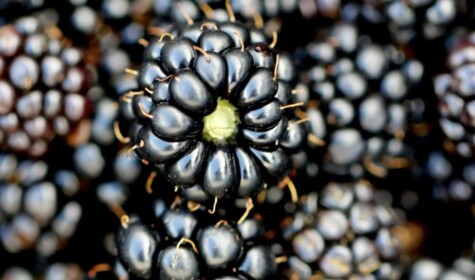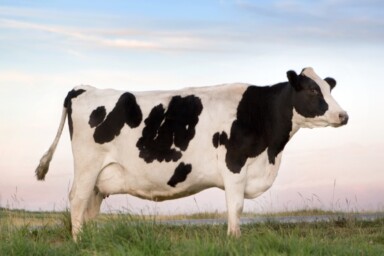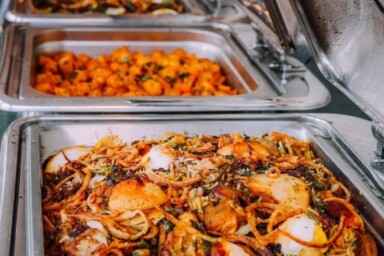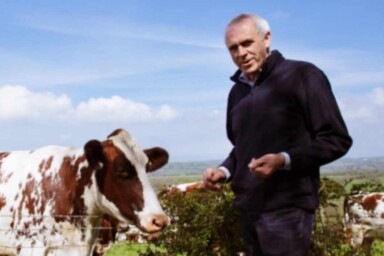The Harmony Project provides a new way of learning, inspired by Nature’s principles of Harmony: the cycle, interdependence, diversity, adaptation and health. When we understand that the natural world works according to a number of key principles, we understand what any system or organisation needs to be sustainable because natural systems are the most sustainable systems of all. One area we are particularly interested in, largely as it plays so small a part in children’s education in most schools, is food.
Radio 4 is currently running a series ahead of COP26 on how we can help the environment and address the challenge of climate change. Last week, Patrick Holden, CEO and Founder of the Sustainable Food Trust, invited listeners to consider two questions (2:52:18) in relation to their food – ‘Where has the food come from?’ and ‘How was it grown?’
These simple questions open up a whole enquiry of learning about the provenance of our food and they can help us all make more informed choices about the food we buy and eat. Finding out where the food was grown or produced is relatively easy and it provides lots of opportunities to plot out the journey different foods have taken from the farmer or producer to our home. Wouldn’t it be fun to get a map of the world and stick in pins with labels for each food? It’s great geography learning for children, too.
A second map could focus on the UK and each week consumers could consider how many of their food products they can get on the UK map versus the world map, to promote the idea of supporting more locally produced food. If the UK map is broken down into counties, that provides a further opportunity for learning. Indeed, this whole subject could quickly become a project of learning entitled – with reference to Patrick’s questions – ‘Where does our food come from and how was it grown?’ that children across the country could undertake to reconnect them to the story of their food.
From a sustainability and emissions perspective, the best food to eat, of course, is food produced in the local area. That may be very possible if you live close to farmers and food growers or, indeed, grow food yourself. If you are buying your food primarily from the supermarket, it is more difficult as you are restricted in the choices you can make based on the products on the shelves. But, as Patrick has suggested, you can ask, and in doing so encourage greater focus on local, UK food that supports UK food growers. The more people request UK grown food, the more likely it is that the supermarkets and other food retailers will listen. Demand and supply, not supply and demand!
The second area to focus on is seasonality. I was out last week picking blackberries with my daughter. There are blackberries everywhere at this time of year and conveniently whilst some were ready for plucking, others were still pinky red and on the verge of turning deep purple black. There’s potential for further visits in the next week or two. It’s a great feeling finding or foraging for food that is free and in season. A couple of weeks ago, I was staying near Hay-on-Wye and spent a day walking up on the moorland. There were tiny, sweet bilberries growing everywhere. It was in stark contrast to the blueberries in plastic containers in the supermarket that had come from Poland or the chopped-up mango pieces also in plastic containers from mangoes grown in Brazil.
As with the maps to record where food has come from, a seasonal food wheel with examples of when foods are in season, can help with what to look out for when out shopping. There are exciting opportunities for learning in maths, science and geography through this kind of approach. It makes learning relevant, purposeful and fun.
I remember talking to a group of headteachers a while back in Herefordshire, one of the major fruit growing areas in England. We were discussing the ‘fruit ‘n’ veg’ scheme for infant aged children aged 4-7. The scheme is a national initiative, but the majority of the fruit ‘n’ veg sadly comes from overseas as it is cheaper to produce there, according to the people who run the scheme. Yet in Herefordshire, there is an abundance of fruit for several months of the year. I encouraged the headteachers to see if they could do the same as Patrick has suggested to the consumers in the supermarket and ask for more local, seasonal produce to be available through the scheme. I wonder how much more we could be doing to link schools more closely with local food growers, not just in terms of the fruit ‘n’ veg scheme, but in relation to the school meals produced every day?
Last Friday, Patrick and I spoke with a group keen to actually do something about this issue by creating a local food hub at the University of Wales Trinity Saint David in Lampeter. The food hub will be developed around a food ecosystem in partnership with farmers and food producers and with local schools and their communities at its heart. The goal is to find ways to engage children and their families with projects of learning focused on food growing and eating fresh, local, seasonal food produced from food systems that are, wherever possible, regenerative and organic, systems that work in harmony with Nature. It will enhance the local economy and build community in the process. We are just at the planning stage of this project, but it could become an inspiring example of what we can do to create more sustainable models of food production around the country. The intention is that this approach will provide opportunities for children to visit local farms and food producers to understand how the food is grown or produced, and for schools to rethink their catering arrangements so that as much food as possible comes from the local area or at least from within Wales. Currently, much of it does not.
If we are to take the climate crisis seriously, this is exactly what the food and farming and education sectors need to be doing. There will be challenges, particularly when schools are in more urban areas, but with some creative thinking and a determination to make it happen, anything is possible.
So, if you are a parent with children in school or have a connection to a school, why not follow Patrick’s advice regarding consumers in supermarkets, and ask the headteacher or school’s catering contractor what they are doing to provide local, seasonal and sustainably sourced food and where they could improve further. The customer, parents and school leaders have a huge role to play in addressing this important matter. Why not find someone to ask this week!
If you are interested in finding out more about the future of food education, join The Harmony Project’s online webinar on the 7th October, where we will be exploring how primary school food education in the UK could be improved, with insights from international research and projects.
The Harmony Project has produced a range of resources for teachers, including a Reception year planning overview, linked to the questions ‘where does our food come from? And ‘how is it produced?’ which allows younger students to explore the role of farms and farmers in producing the food we eat.
Photograph: Richard Dunne







